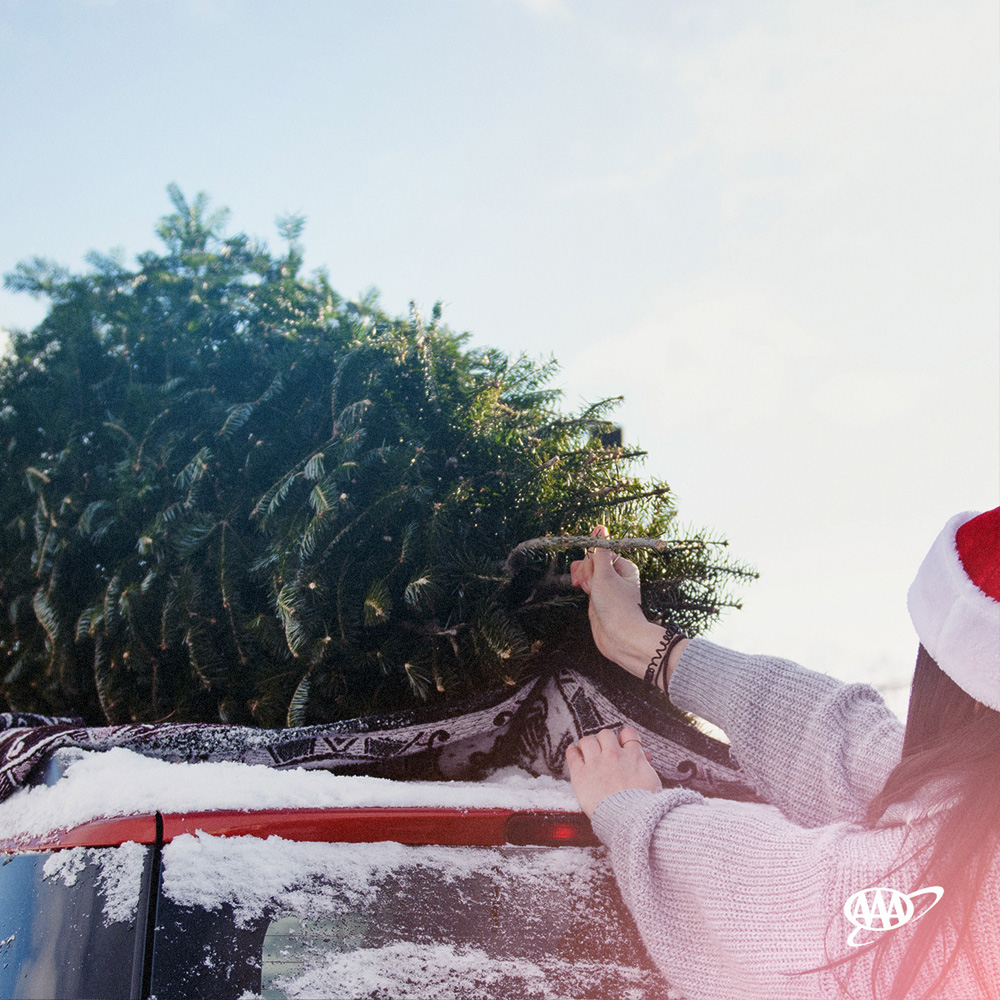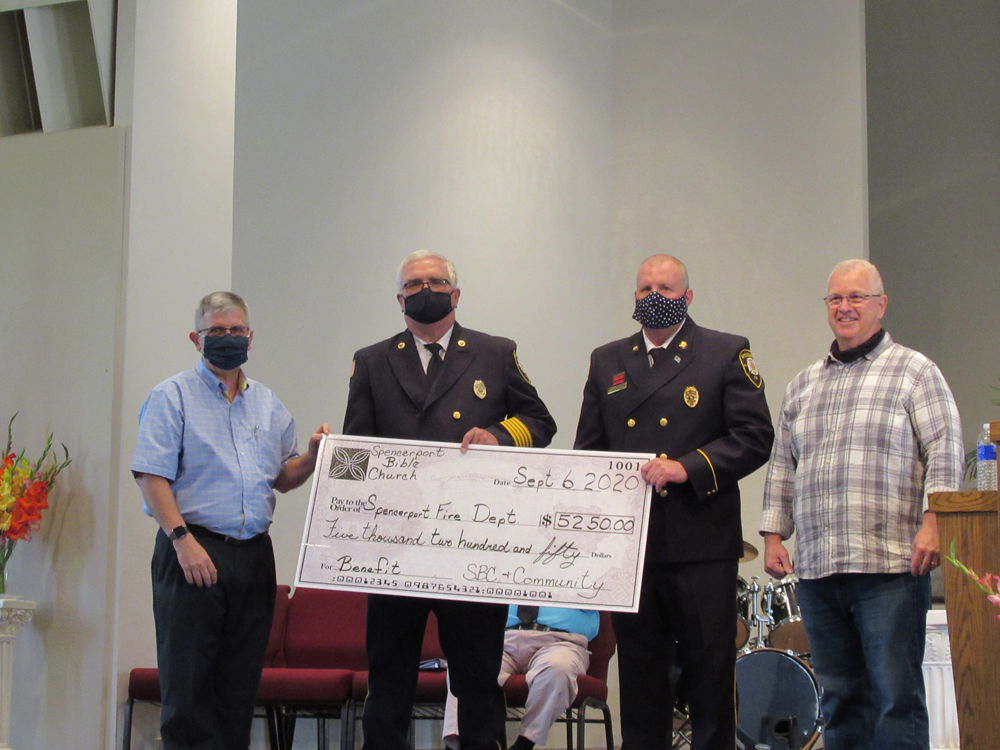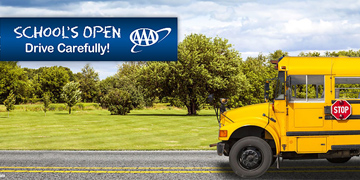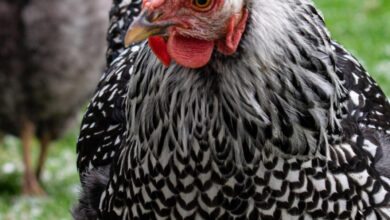Safely transporting Christmas trees

Real or artificial? It’s an annual debate as many Americans decorate for the holidays. For those who choose a real Christmas tree, getting the tree home safely is a lot like moving furniture, appliances, or other large objects. If not properly secured, a tree can cause vehicle damage, or even worse, it could fly off or out of the vehicle and become a danger to other drivers.
The latest AAA research from 2019 revealed that 44% of Americans who planned to purchase a real Christmas tree would transport the tree using unsafe methods. This includes 20% who would tie the tree to the roof of their vehicle without using a roof rack and 24% who planned to place the tree in the bed of their pickup truck unsecured.
Among those who planned to purchase a live Christmas tree, 16% have previously experienced a Christmas tree falling off or out of their vehicle during transport.
If a tree is improperly secured to a car, it can cost drivers as much as $1,500 in repairs. Twine, rope, or straps can wear away paint and tear rubber seals when routed through door or window openings. Closing a door over tree tie-downs may also permanently distort the window frame and tree branches can cause scratches to the paint.
Transporting a real Christmas tree home is easy as long as you have the right tools and follow these simple tips:
•Use the right vehicle. It’s best to transport a Christmas tree on top of a vehicle equipped with a roof rack. However, if you do not have a roof rack, use the bed of a pickup truck, or an SUV, van, or minivan that can fit the tree inside with all doors closed.
•Use quality tie downs. Bring strong rope or nylon ratchet straps to secure the tree to your vehicle’s roof rack. Avoid the lightweight twine offered by many tree lots.
•Protect the tree. Have the tree wrapped in netting before loading it. If netting is unavailable, secure loose branches with rope or twine.
•Protect your vehicle. Use an old blanket to prevent paint scratches and protect the vehicle finish.
•Point the trunk towards the front. Always place the tree on a roof rack or in a pickup bed with the bottom of the trunk facing the front of the vehicle.
•Tie it down. Secure the tree at its bottom, center, and top. At the bottom, use fixed vehicle tie-down points and loop around the trunk above a lower branch, to prevent any side-to-side or front-to-rear movement. The center and top tie downs should be installed in a similar manner.
•Give it the tug test. Before you leave the lot, give the tree several strong tugs from various directions to make sure it is secured in place and will not blow away.
•Drive slowly and easily. Take the back roads, if possible. Higher speeds create significant airflow that can damage your Christmas tree and challenge even the best tie-down methods.
Provided information






